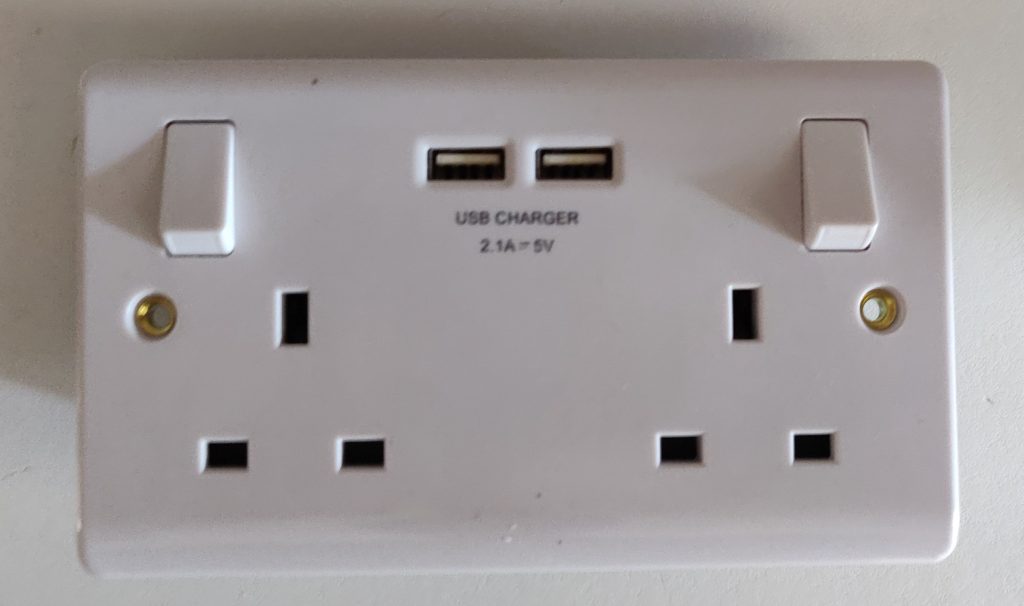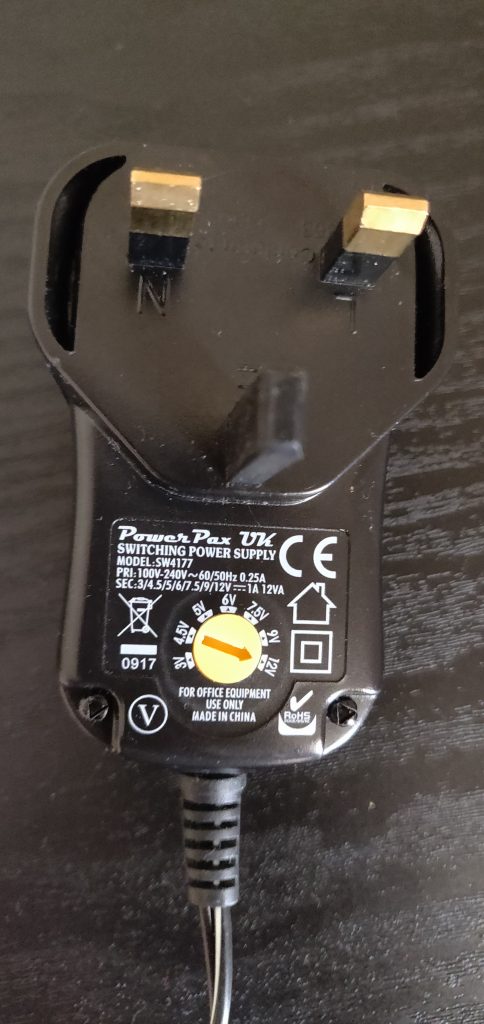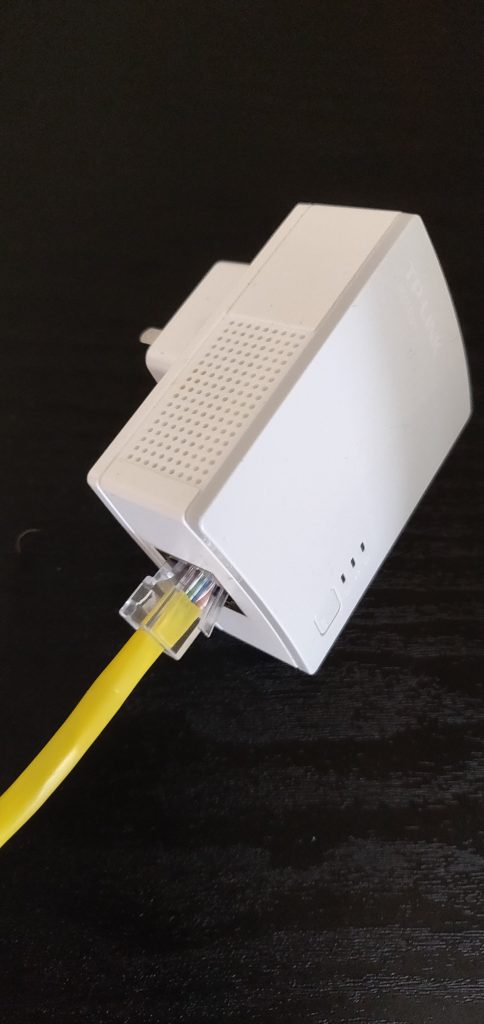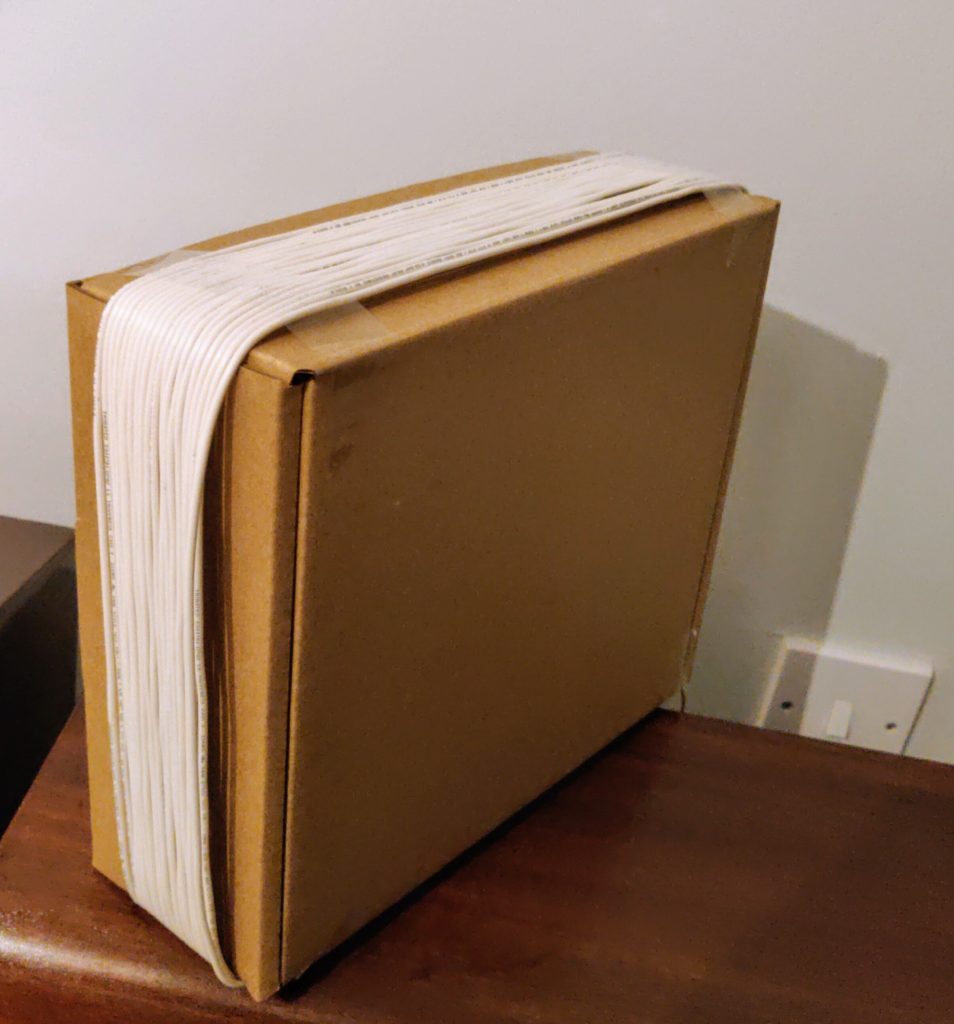AM transmission is the simplest and earliest form of audio modulation. Almost all vintage radios will be AM only, and although it can cover great distances with good performance, it is susceptible to a lot of interference sources.
This page will try to help you control interference in your home so that you can get the most from your AM radio.
There are two main routes that electrical interference can enter your radio, these are via the aerial and over the mains supply.
Mains Supply Interference
I recently did some testing at home, and methodically turned everything off in my home until all forms of interference had gone from my radio. What I learned was pretty surprising, this is what I found:-



This one didn’t affect LW or MW bands, but it would create clicking and buzzing interference on the SW wave bands.
Aerial Received Interference
Interference that enters via your aerial could be sourced from wiring inside of your home, which is usually embedded in walls and runs vertically. If you are using a single wire as an aerial, then try to position it horizontally to minimise the effects of this wiring.
Interference that comes from outside of your home is out of your control, and hopefully shouldn’t be too much of a problem as it should not be able to radiate very far from it’s source.
One really good way to reduce interference and improve reception of MW and LW bands, is to use a loop antenna which is directional in nature and will allow you to focus on the location of the transmitters you’re interested in and ignore noise from elsewhere.
An AM loop antenna can be bought very cheaply from eBay or you can even make one yourself.

The two ends of the loop connect directly between the Aerial and Earth terminals of the radio set.